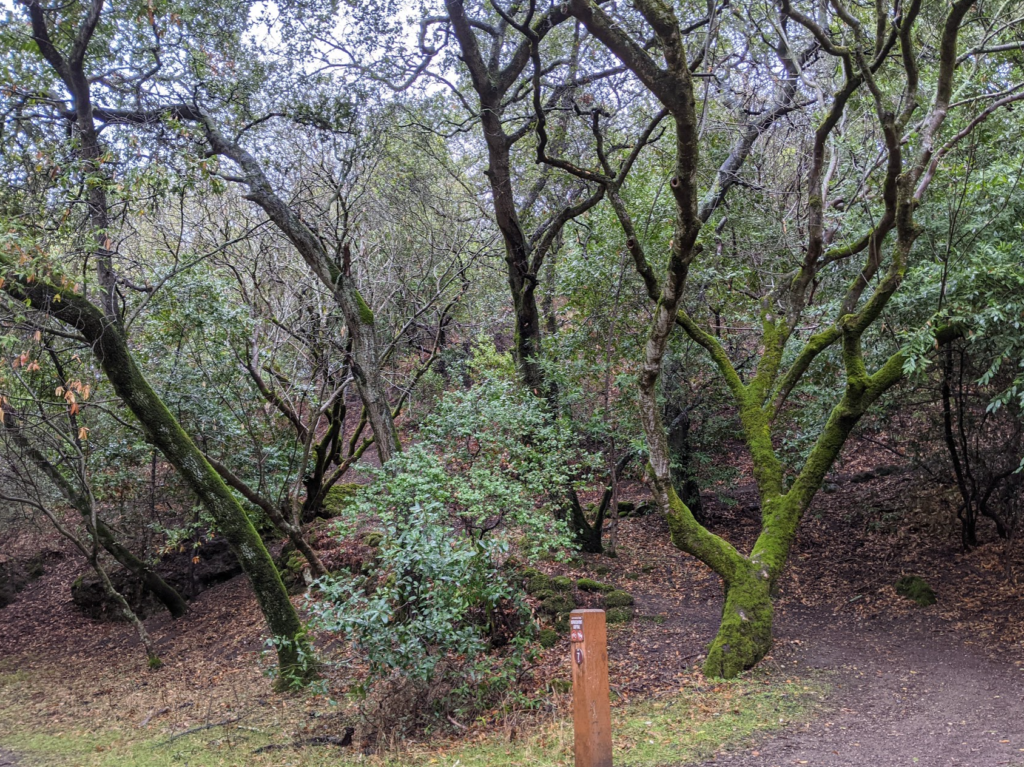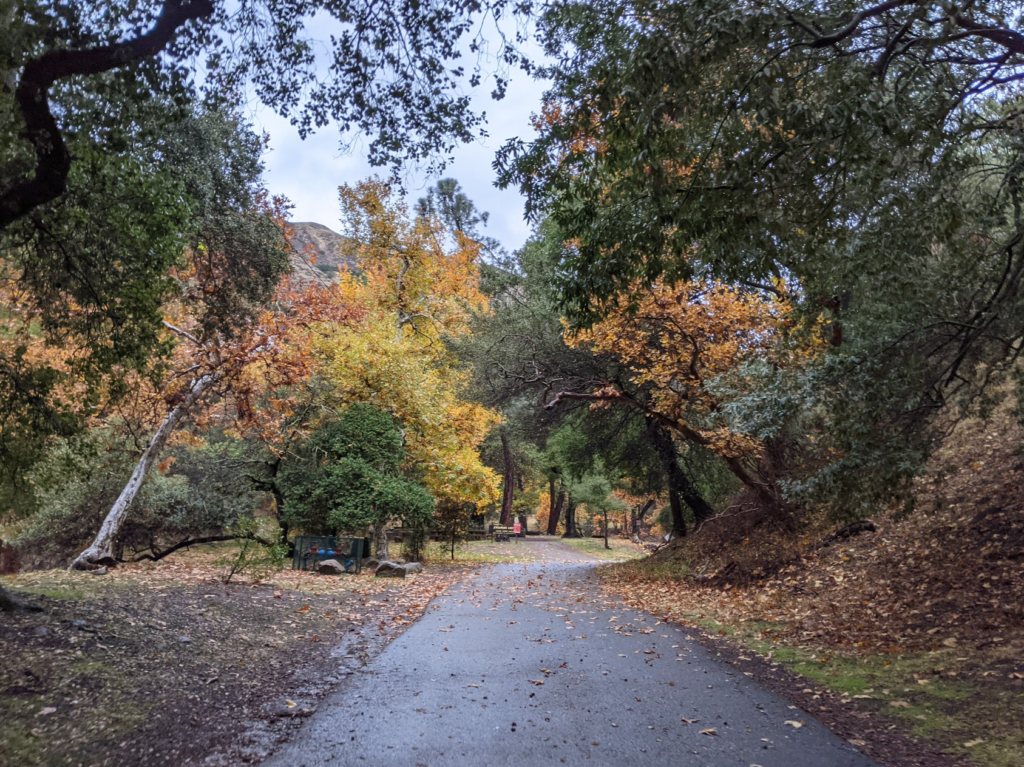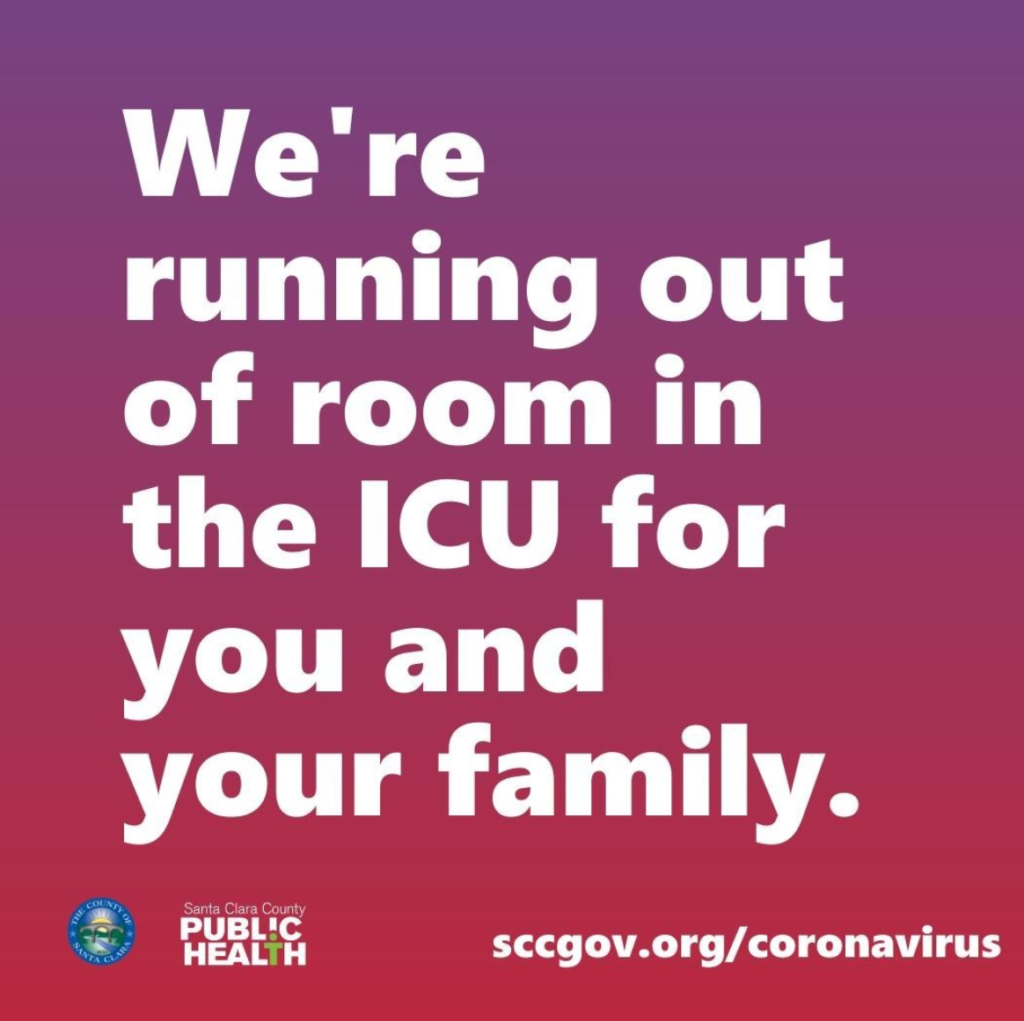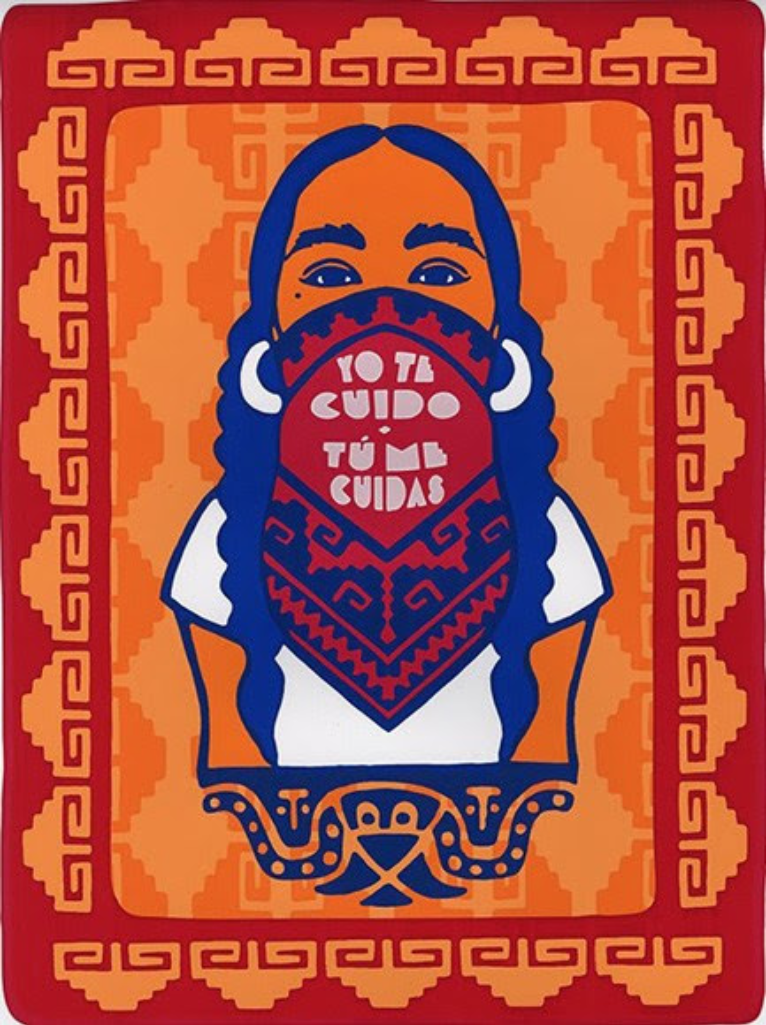COVID, week 40 + a birth … of a vaccine
In the last forty weeks — the average length of human gestation! we could have literally (and I do mean literally) grown and birthed a pandemic baby by now! — more than 304,000 Americans have died from COVID-19, with nearly 22,000 of those coming from the state of California (and over 550 of them from my county alone). And of course, lest we forget, as of today, there have been 16.8 million cases of COVID in the USA.
Numbers don’t tell the entire story and especially in today’s day and age when we are all inundated with numbers and have relatively easy access to data. It’s pretty easy to lose sight of what all of this looks like. Behind the numbers are people, individuals, someone’s partner, parent, child … everything.
So what does 304,000 deaths look like? This is how I visualize it; how do you?
- My entire hometown when I was growing up, 16x over
- My entire hometown county when I was growing up, 2x over
- My entire university’s undergraduate and graduate degree student populations, 13x over
- My entire ZIP code where I last lived in Chicago, 4x over
- My entire current ZIP code in San Jose, 10.5 times over
Picturing COVID-induced death in this way — entire swaths of my life, gone — is pretty harrowing and humbling. It’s also effective, at least for my kids and me, when it comes to talking about altering our behaviors so that more people won’t get sick and/or die. I wonder if visualizing and, for lack of a better word, personalizing, death like this is one way that we could visualize the ramifications of COVID for the masses.
And yet, in this whole COVID narrative that I’ve been ruminating on throughout the last 40 weeks, this whole tragedy wherein I have tried to piece together some modicum of meaning, this week our country traversed an important crossroads as we began administering vaccines, what we all have been dreaming about since the virus turned our world upside down forty weeks ago. Granted, we plebs aren’t getting ours until the spring most likely, but there is hope, and if anyone’s getting priority access to a vaccine, I am 100% behind it going to our medical pros who are swimming in COVID exposure risk day in and day out.
We are now beginning our country’s biggest immunization campaign ever. How important — and how symbolic — that a Black female nurse, Sandra Lindsay, in NY, was the first to receive it in the US. Here in California, ICU nurse Helen Cordova, in LA, was our first.
Having a vaccine now — a real-life, tried and true vaccine — will no doubt change both the narrative and the trajectory of the virus, and naturally, tons of questions spring to mind, mostly wondering how fast we’ll all be able to return to “normal” now That For Which We Have So Longed exists. (Short answer: not anytime soon).
With Thanksgiving behind us, and now Christmas and New Year’s ahead of us, (as well as a cold, dark winter for most people in this country), it seems a generally-accepted reality that the next few months will be very hard because — unless huge segments of society change their behavior — tons of people will continue to die, likely eclipsing our already horrific daily totals, making today’s daily tragedies unfathomably desirable by comparison.

So what’s the point? Is this the time in my weekly musings where I throw in a tenuous running analogy, wherein I encourage and remind all of us — myself included — to stay in the mile that we’re in, to not look longingly too far ahead of us at the (ever-changing) finish line, or to acknowledge that just because reality is shitty and awful right now, all of us must remember that it’s not always going to be that way?
Maybe.
It’s basically the same refrain I’ve been trumpeting all along. Just because it’s bad now doesn’t mean it’s always going to be that way. We have this wonderful thing called agency, and with that comes, well, opportunity.
We do have a choice in the matter.
People will do what they want to do, regardless of evidence! science! common sense! to the contrary. Getting people to care is really, really difficult, but I’m optimistically or maybe naively convinced that it’s not completely impossible. Easy? Absolutely not, but possible? …maybe. Always leave room for hope, I guess?
At any rate, as the year comes to a close, and as the holiday season — however dulled it may be this year — approaches and envelops (or overwhelms or depresses) so many of us, it is my dearest hope that you and yours can devise a way to celebrate, safely, and take stock of all for which you are thankful this year.
2020 has been heartbreaking in more ways than one, and we still have a good two+ more weeks to fit in even more (and worse), so it seems a bit dangerous to tempt fate this early.
Our problems won’t magically vaporize when the clock strikes midnight on 1/1/21, but maybe — hopefully! — soon there will be more of us — enough of us — doing the right thing such that our solutions will become more feasible than they currently are.
With the kids being off for break over the next couple weeks, I’m not sure how much mental bandwidth I’ll have to devote to this space, so consider this my early wishes for you to stay safe, be well, and have an enjoyable (and hospital-free) holiday season.


